
YELLOW SCREEN
px
px
whitescreen.org is a web tool in which we provide a white screen that can act as a lifesaver when checking all the dirt and dust particles and dead, stuck, white, and warm pixels. Every LCD screen should be cleaned periodically to avoid disruption of picture quality and stop further damage.
People use red screen for:
The use of a yellow screen is not as common or standardized as blue or green screens, especially in film, video production, or other mainstream applications. Blue and green screens are preferred for chroma keying due to their greater visual distinction from most human skin tones. However, there are some niche or creative applications where a yellow screen might be used:
Artistic or Experimental Filmmaking: Filmmakers or artists seeking unconventional visual effects might experiment with a yellow screen for chroma keying. This can create a distinct and unique look, adding a creative touch to a production.
Specific Visual Aesthetics: In some cases, a yellow screen might be chosen for its aesthetic appeal or to evoke a particular mood or atmosphere. This could be part of a deliberate artistic choice to match a specific color scheme or theme within a film or video project.
Educational or Demonstration Videos:In educational or instructional videos, a yellow screen might be used to draw attention to specific elements or annotations. This could be particularly effective when creating content related to safety, highlighting important information, or emphasizing key points.
Product Presentations: For product presentations or commercials, a yellow screen might be used to convey a sunny or bright atmosphere, especially for items associated with warmth, energy, or positivity.
Sports Broadcasting: In sports broadcasting, a yellow screen might be used for certain graphics or overlays, especially if it complements team colors or enhances the overall visual presentation.
It's important to note that the choice of a yellow screen is less common and might be specific to certain creative or thematic considerations. In most professional settings, blue and green screens remain the preferred choices for chroma keying due to their more standardized use and better separation from common skin tones.
